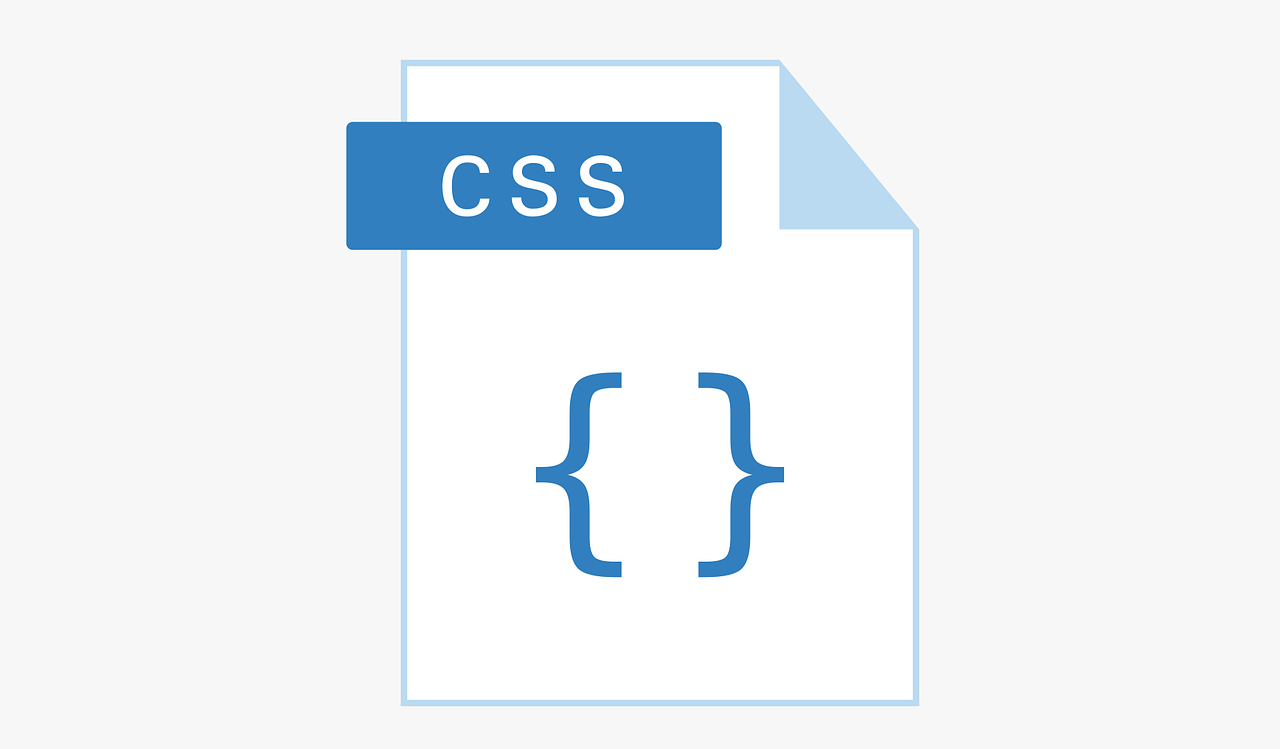Home Blogs Technical The Timeless Beauty of CSS in Website Designing: A Time-Tested Approach
Posted By: Shriji Solutions
27 January, 2024

In the constantly evolving landscape of web development, some technologies have stood the test of time and remain the foundation of modern website design. Cascading style sheets, commonly known as CSS, is a technique that has maintained its relevance and importance since its inception.
In this article, we will discuss the reasons why CSS remains evergreen for website designing, explore its versatility, adaptability and its important role in creating visually appealing and user-friendly websites.
Breakdown of Concerns:
One of the major reasons behind the enduring popularity of CSS is its ability to separate the structure and content of a website from its visual presentation. This separation of concerns increases maintainability, as changes to the design can be applied without changing the underlying HTML code. This modularity ensures that websites can easily adopt evolving design trends without compromising their structural integrity.
Responsive Size:
In an era dominated by multiple devices with different screen sizes, responsive design has become a necessity rather than a luxury. CSS plays an important role in getting feedback by enabling developers to create fluid and flexible layouts. Media queries in CSS allow websites to be easily optimized for different devices, ensuring an optimal user experience on desktops, tablets and smart phones.
Browser Compatibility:
CSS has been a driving force in promoting cross-browser compatibility. Web developers can use CSS to write consistent styles that render well across different browsers, reducing the headache of dealing with browser-specific quirks. This cross-browser compatibility ensures a uniform user experience, even if a visitor is using Chrome, Firefox, Safari or any other popular browser.
Efficient Code and Page Load Speed:
CSS promotes clean and efficient code, leading to faster page load times. By externalizing styles to separate CSS files, the browser can cache them, resulting in subsequent pages loading quicker. This optimization not only enhances user experience but also has a positive impact on search engine rankings, as page load speed is an important factor in SEO.
Extensive Browser Support and Community Resources:
CSS is a well-established and standardized technology with widespread support in all major browsers. This widespread adoption has led to an abundance of online resources, tutorials and forums where developers can get guidance and share knowledge. Strong community support ensures that developers have access to the latest best practices, technologies and solutions to common challenges.
Animations and Changes:
The modern web demands dynamic and engaging user interfaces, and CSS empowers developers to create intuitive animations and changes without relying on external plugins or JavaScript libraries. With the introduction of CSS3, features like keyframe animations and transitions have become integral tools for creating visually appealing and interactive websites.
Flexibility and Customization:
CSS offers unique flexibility in terms of design customization. From typography and color schemes to layout and spacing, CSS offers a comprehensive set of styling options. This flexibility allows designers to unleash their creativity and bring unique aesthetics to websites, customizing the user experience to meet specific brand or project requirements.
Maintainability and Scalability:
Large-scale websites and web applications significantly benefit from the scalability and maintainability of CSS. Through the use of classes, IDs and well-structured stylesheets, developers can efficiently manage and update styles across multiple pages. As websites increase in complexity, this ease of maintenance becomes critical, ensuring that changes can be implemented rapidly and without unexpected side effects.
Accessibility:
Creating accessible websites is a top priority in modern web development. CSS plays an important role in increasing accessibility by allowing developers to structure content in a logical and easily navigable way. In addition, CSS supports the implementation of ARIA (Accessible Rich Internet Application) attributes, further improving the accessibility of web content for users with disabilities.
Future-proofing with CSS Grid and Flexbox:
The continuous evolution of CSS has introduced powerful layout techniques like Grid and Flexbox. These features provide advanced options for easily creating responsive and complex layouts. As developers embrace these modern layout tools, CSS stays at the forefront of web design to keep up with the changing needs of the industry.
Conclusion:
In conclusion, the enduring appeal of CSS in website designing can be attributed to its ability to evolve with the dynamic landscape of web development. From its simple beginnings to the sophisticated styling capabilities of CSS3, the technology has consistently proven its versatility, adaptability and efficiency. Since businesses and individuals want to create visually stunning and user-friendly websites, CSS stands out as a reliable and evergreen option.
If you are looking for a partner to bring your website design vision to life, Shriji Solutions comes across as a reliable solution. With a commitment to excellence and a team of experienced professionals, Shriji Solutions offers comprehensive website design services tailored to meet your specific needs. Choose Shriji Solutions for an intuitive and engaging online presence.

